Characteristics and Applications of PVC Protective Film in Steel Plate Protection
4 week agoIntroduction
In the world of industrial manufacturing and material handling, protecting delicate surfaces like steel plates is a critical concern. Steel, while robust and versatile, is susceptible to scratches, abrasions, and environmental damage during processing, transportation, and storage. Enter the unsung hero of surface preservation: PVC protective film. This thin, flexible layer of polyvinyl chloride (PVC) has become a go-to solution for safeguarding steel plates, offering a blend of elasticity, adhesion, and resilience that ensures the material remains pristine from factory to final application. In this article, we’ll dive deep into the characteristics of PVC protective film and explore its indispensable role in steel plate protection, backed by practical insights and real-world applications.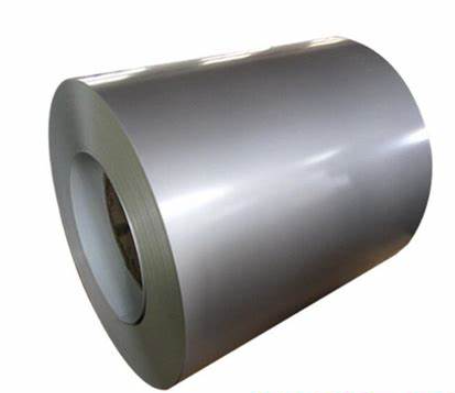
The Core Characteristics of PVC Protective Film
1. Elasticity and Flexibility
One of the standout features of PVC protective film is its remarkable elasticity. Unlike rigid materials that might crack or fail under stress,
2. Slick Surface and Low Friction
The surface of PVC protective film is inherently smooth and slick, a trait that enhances its utility in steel plate protection. 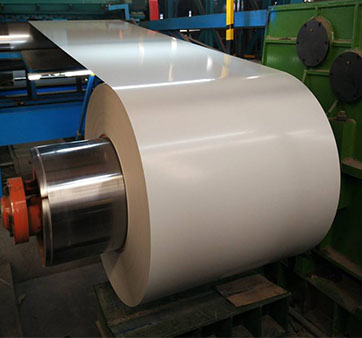
3. Adhesive Strength and Residue-Free Removal
The adhesive properties of PVC protective film are carefully engineered to strike a balance between secure attachment and easy removal. Typically coated with a pressure-sensitive adhesive—often rubber-based or acrylic—the film adheres firmly to steel surfaces without requiring excessive force or heat. Peel strength, a key metric, can range from 10-80 g/cm depending on the specific formulation, ensuring it sticks well during use but peels off cleanly when the job is done. This residue-free removal is a game-changer: no sticky leftovers mean no additional cleaning or rework, saving time and labor costs.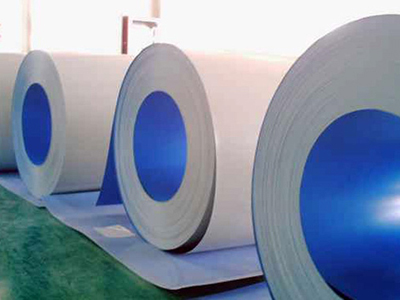
4. Durability and Weather Resistance
Steel plates often face harsh conditions—sunlight, moisture, and temperature fluctuations—especially during outdoor storage or long-haul shipping.
5. Customizability
No two steel plates are identical in terms of surface finish or application, and PVC protective film rises to the occasion with its versatility. protection.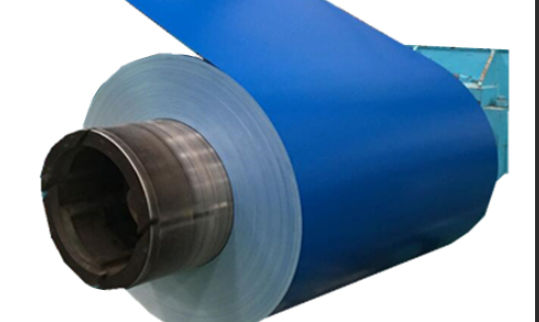
The Role of PVC Protective Film in Steel Plate Protection
1. Safeguarding During Manufacturing
The journey of a steel plate begins in the mill, where it undergoes rolling, cutting, and finishing processes. without tearing, keeping the steel flawless.
2. Protection During Transportation
Transporting steel plates—whether by truck, ship, or rail—exposes them to vibrations, stacking pressure, and environmental hazards.
3. Storage and Handling Efficiency
Steel plates often sit in warehouses for weeks or months before use, gathering dust or facing accidental bumps from forklifts. 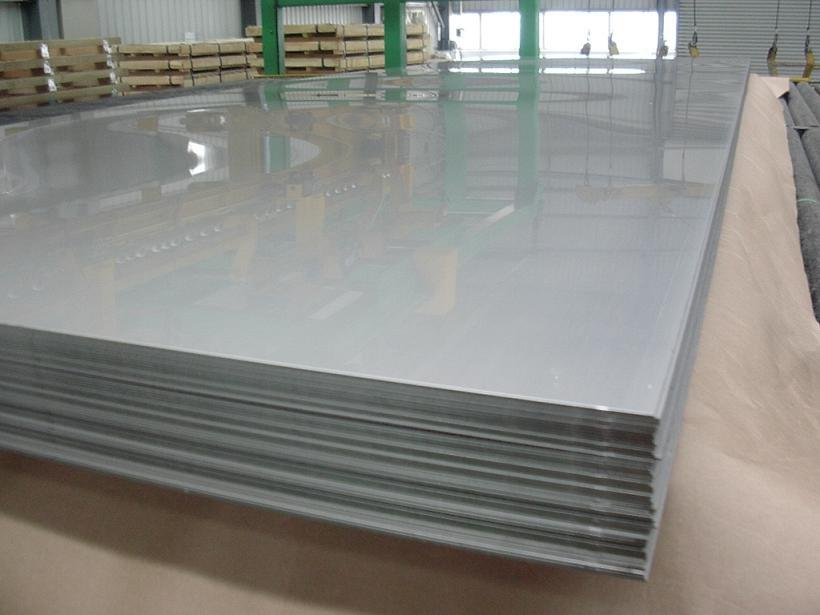
4. Specialized Applications in Deep Drawing and Fabrication
For steel plates destined for complex shapes—like automotive panels or kitchen sinks—deep drawing is a common technique.
5. Environmental and Cost Benefits
Beyond its protective prowess, PVC protective film offers practical advantages.
Real-World Examples and Insights
Consider the construction industry, where stainless steel cladding graces modern skyscrapers. During installation, these plates are exposed to dust, mortar, and handling tools. A PVC protective film with medium adhesion and UV resistance keeps the steel spotless until the building is complete, at which point it’s peeled away to reveal a gleaming facade. In the appliance sector, manufacturers of refrigerators or ovens rely on PVC film to protect polished steel surfaces through assembly and shipping, ensuring customers receive a flawless product.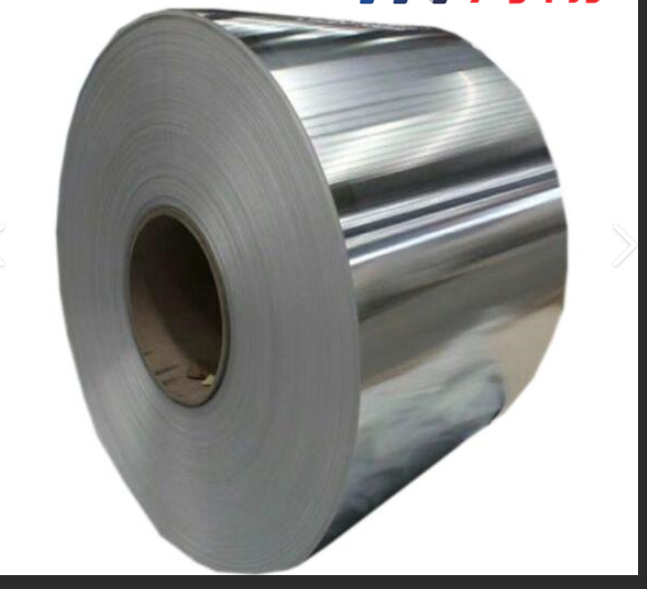
Data from industry practices supports these applications. A typical PVC protective film with a thickness of 0.05 mm and peel strength of 60-80 g/cm can withstand outdoor exposure for up to three months, ideal for short-term projects. For longer durations, a thicker film (0.1 mm) with enhanced UV stabilizers extends protection to six months or more, as seen in overseas steel exports. These specifications highlight the film’s adaptability to real-world challenges.
Challenges and Considerations
While PVC protective film is a powerhouse in steel plate protection, it’s not without limitations. Prolonged exposure to extreme heat (above 40°C) can weaken its adhesive, risking edge lift—where the film peels away prematurely. Similarly, overexposure to sunlight beyond its UV rating may cause the adhesive to break down, leaving faint residues. To mitigate these risks, users must select a film matched to their specific conditions, such as opting for a high-performance variant for outdoor use.
Another consideration is environmental impact. While PVC is recyclable, its production and disposal generate more emissions than PE alternatives. However, advancements in PVC formulations—such as incorporating recycled content—are narrowing this gap, making it a viable choice for sustainability-conscious firms.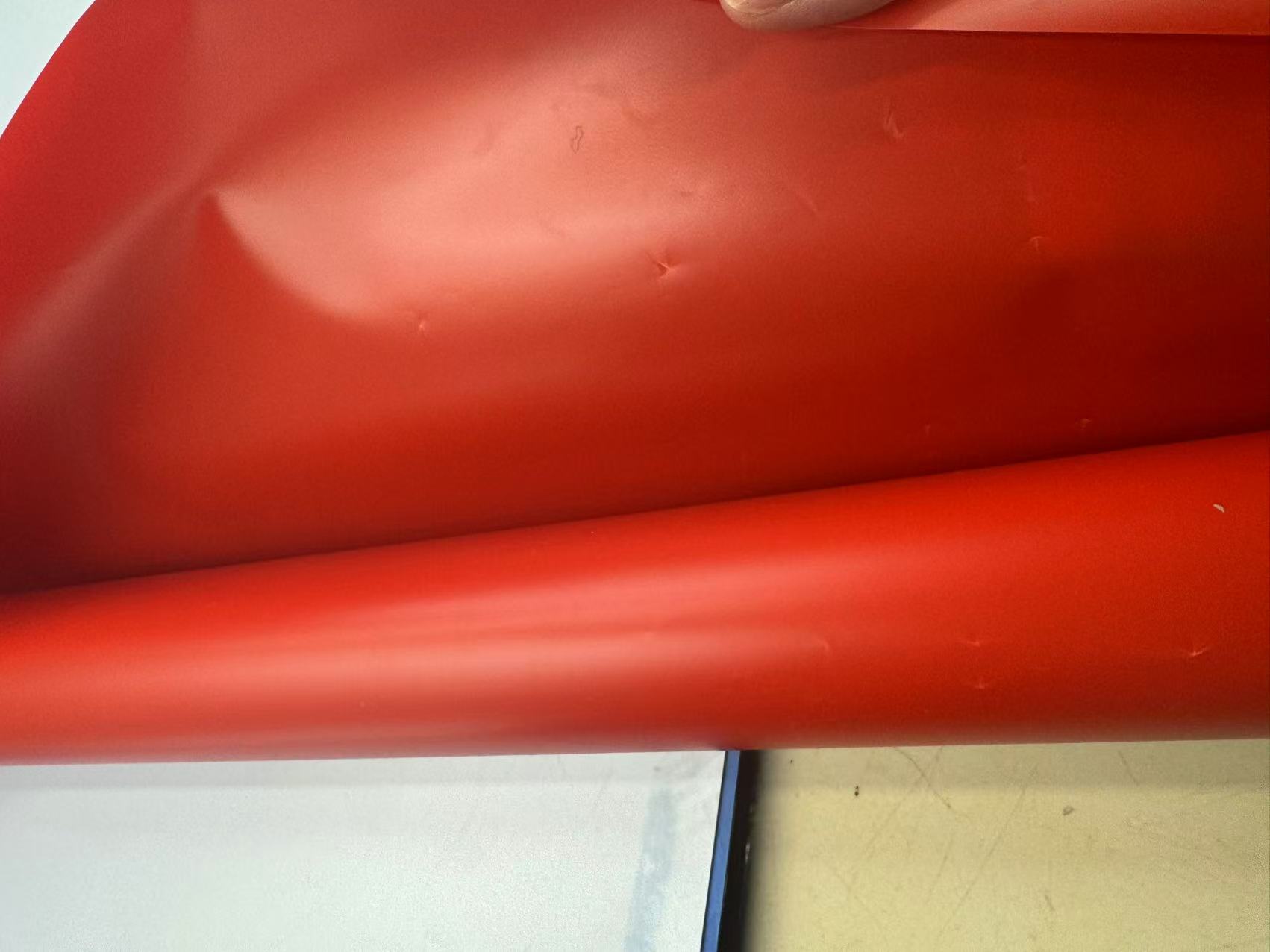
Conclusion
PVC protective film is more than just a layer of plastic—it’s a meticulously designed solution that marries elasticity, adhesion, and durability to safeguard steel plates at every stage of their lifecycle. From the factory floor to the construction site, its ability to shield against scratches, weathering, and handling mishaps makes it indispensable in steel plate protection. With customizable options and proven performance, PVC film empowers industries to deliver flawless steel products efficiently and cost-effectively. As technology evolves, so too will this humble protector, ensuring that steel’s shine endures, unmarred by the rigors of the world.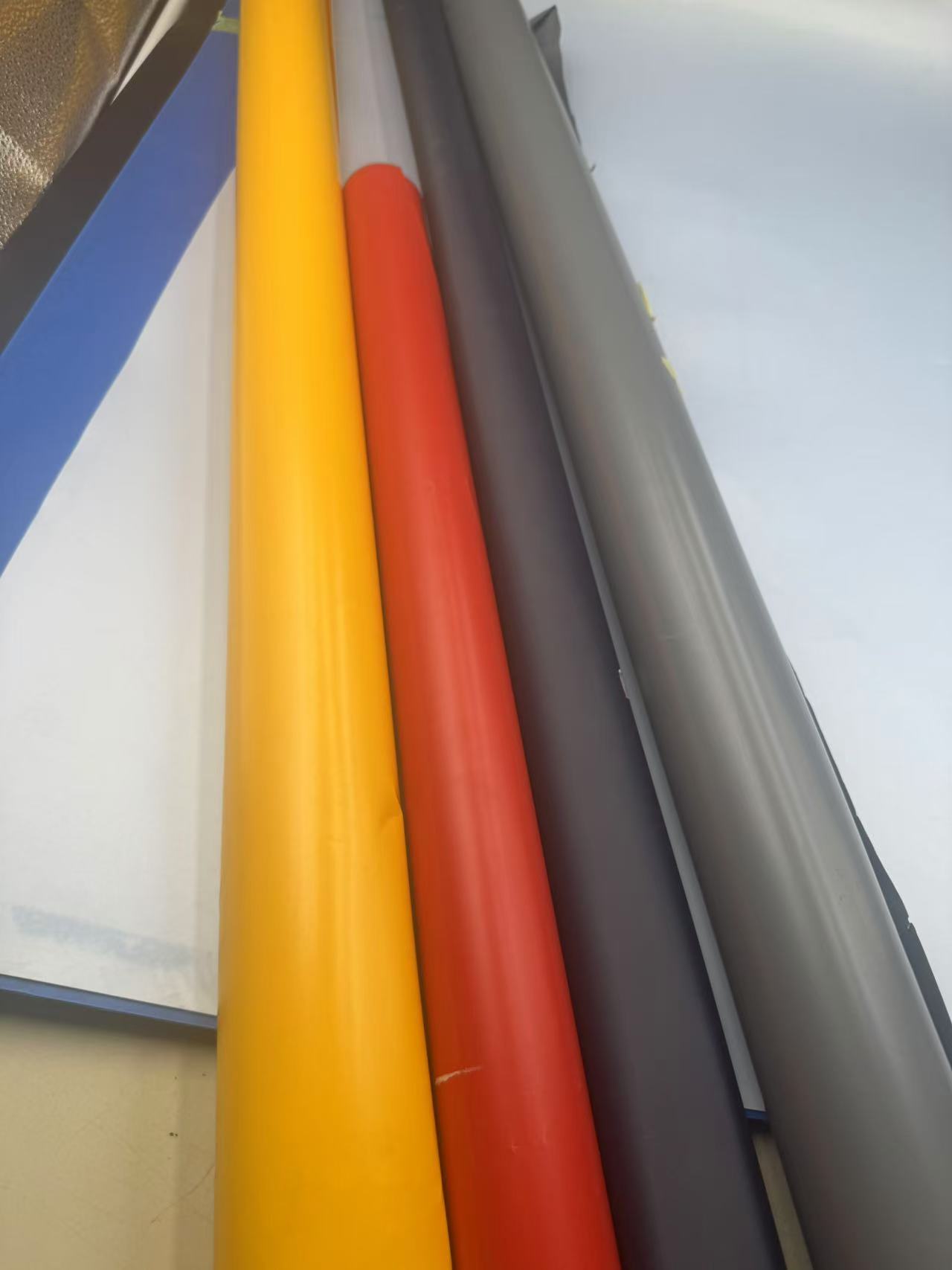
Similar Video Recommendation
You May Also Like
If you are interested in the product, contact Bossgoovideo.com for more information
- *To:
- Shandong Top Leader Plastic Packing CO., LTD
- *Message:
-
Submit
Main Product:
PVC Rigid Film,
PET PETG Rigid Film ,
HIPS Film,
PC Film,
PP Film,
Other plastic packaging products
You May Also Like


















